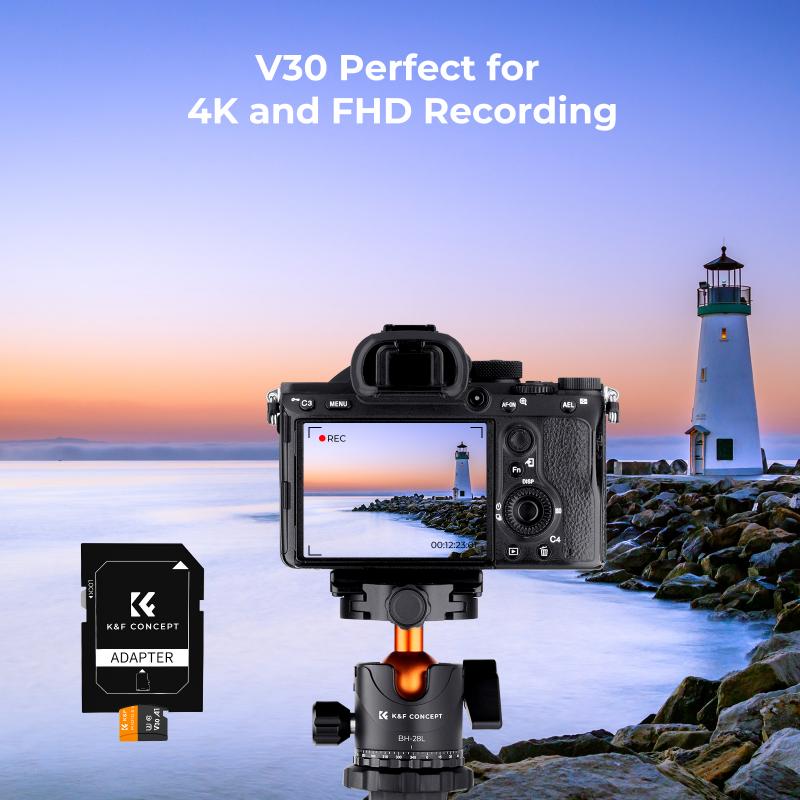How To Put Sd Card On Computer?
In today's digital age, SD cards have become an essential tool for storing and transferring data. Whether you're a photographer, a student, or a professional, knowing how to properly insert and use an SD card on your computer is crucial. This article will guide you through the process, addressing common issues and providing practical solutions to ensure a smooth experience.
Understanding SD Cards

Before diving into the steps, it's important to understand what an SD card is and the different types available. SD (Secure Digital) cards are small, portable storage devices used in various electronic devices like cameras, smartphones, and computers. They come in different sizes and capacities, including:
1. Standard SD Cards: Typically used in cameras and older devices.
2. MiniSD Cards: Smaller than standard SD cards, used in some mobile phones.
3. MicroSD Cards: The smallest type, commonly used in smartphones, tablets, and some laptops.
Step-by-Step Guide to Inserting an SD Card into a Computer

1. Check Your Computer for an SD Card Slot
Most modern laptops and desktops come with built-in SD card slots. These slots are usually located on the side of laptops or the front/back of desktop towers. If your computer does not have an SD card slot, you will need an external SD card reader, which connects via USB.
2. Identify the Correct Orientation
SD cards have a specific orientation for insertion. Look for the label on the SD card; it should face up when inserting into a horizontal slot. For vertical slots, the label should face towards you. Additionally, the card will have a small notch on one side, which helps ensure it is inserted correctly.
3. Insert the SD Card
Gently push the SD card into the slot until you hear a click or feel it lock into place. Do not force the card, as this can damage both the card and the slot. If it doesn't go in smoothly, double-check the orientation.
4. Access the SD Card on Your Computer
Once the SD card is inserted, your computer should automatically recognize it. On Windows, you can find the SD card under "This PC" or "My Computer" as a removable drive. On macOS, it will appear on the desktop or in the Finder sidebar.
Troubleshooting Common Issues

1. SD Card Not Recognized
If your computer does not recognize the SD card, try the following steps:
- Check the Card: Ensure the SD card is not damaged. Try it in another device to confirm it works.
- Update Drivers: Outdated or missing drivers can cause recognition issues. Update your computer's drivers through the Device Manager (Windows) or System Preferences (macOS).
- Try Another Slot or Reader: The issue might be with the SD card slot or reader. Test the card in another slot or use a different reader.
2. Read/Write Errors
If you encounter read/write errors, consider these solutions:
- Check Write Protection: Some SD cards have a write-protection switch. Ensure it is in the unlocked position.
- Format the Card: Formatting can resolve many issues but will erase all data. Back up important files before formatting. On Windows, right-click the SD card drive and select "Format." On macOS, use the Disk Utility app.
3. Slow Transfer Speeds
Slow transfer speeds can be frustrating. Here are some tips to improve performance:
- Use a High-Speed Card: Ensure you are using an SD card with a high-speed rating (Class 10, UHS-I, etc.).
- Check the Reader: Older or low-quality readers can bottleneck speeds. Use a high-quality, modern reader.
- Close Background Applications: Running multiple applications can slow down your computer. Close unnecessary programs to free up resources.
Best Practices for Using SD Cards

1. Safely Eject the Card
Always safely eject the SD card before removing it from your computer. On Windows, right-click the SD card drive and select "Eject." On macOS, drag the SD card icon to the Trash or click the eject button in Finder. This prevents data corruption and ensures all files are properly saved.
2. Regularly Back Up Data
SD cards can fail or become corrupted. Regularly back up important data to another storage device or cloud service to prevent data loss.
3. Handle with Care
SD cards are delicate. Avoid exposing them to extreme temperatures, moisture, or physical damage. Store them in protective cases when not in use.
Advanced Tips for Power Users
1. Using SD Cards for Additional Storage
Some laptops, especially those with limited internal storage, allow you to use SD cards as additional storage. You can set up your operating system to save files directly to the SD card, effectively expanding your storage capacity.
2. Booting from an SD Card
Advanced users can set up their computers to boot from an SD card. This is useful for running different operating systems or creating a portable, bootable drive. The process involves formatting the SD card and installing a bootable OS image. Detailed guides are available online for specific operating systems.
3. Using SD Cards for ReadyBoost (Windows)
Windows users can use SD cards for ReadyBoost, a feature that uses external storage to improve system performance. Insert the SD card, right-click the drive, select "Properties," and navigate to the ReadyBoost tab to enable this feature.
Inserting and using an SD card on your computer is a straightforward process, but it requires attention to detail to avoid common pitfalls. By following the steps outlined in this article, you can ensure a smooth experience and make the most of your SD card's capabilities. Whether you're transferring photos, expanding your storage, or boosting your computer's performance, understanding how to properly use an SD card is an invaluable skill in today's digital world.
